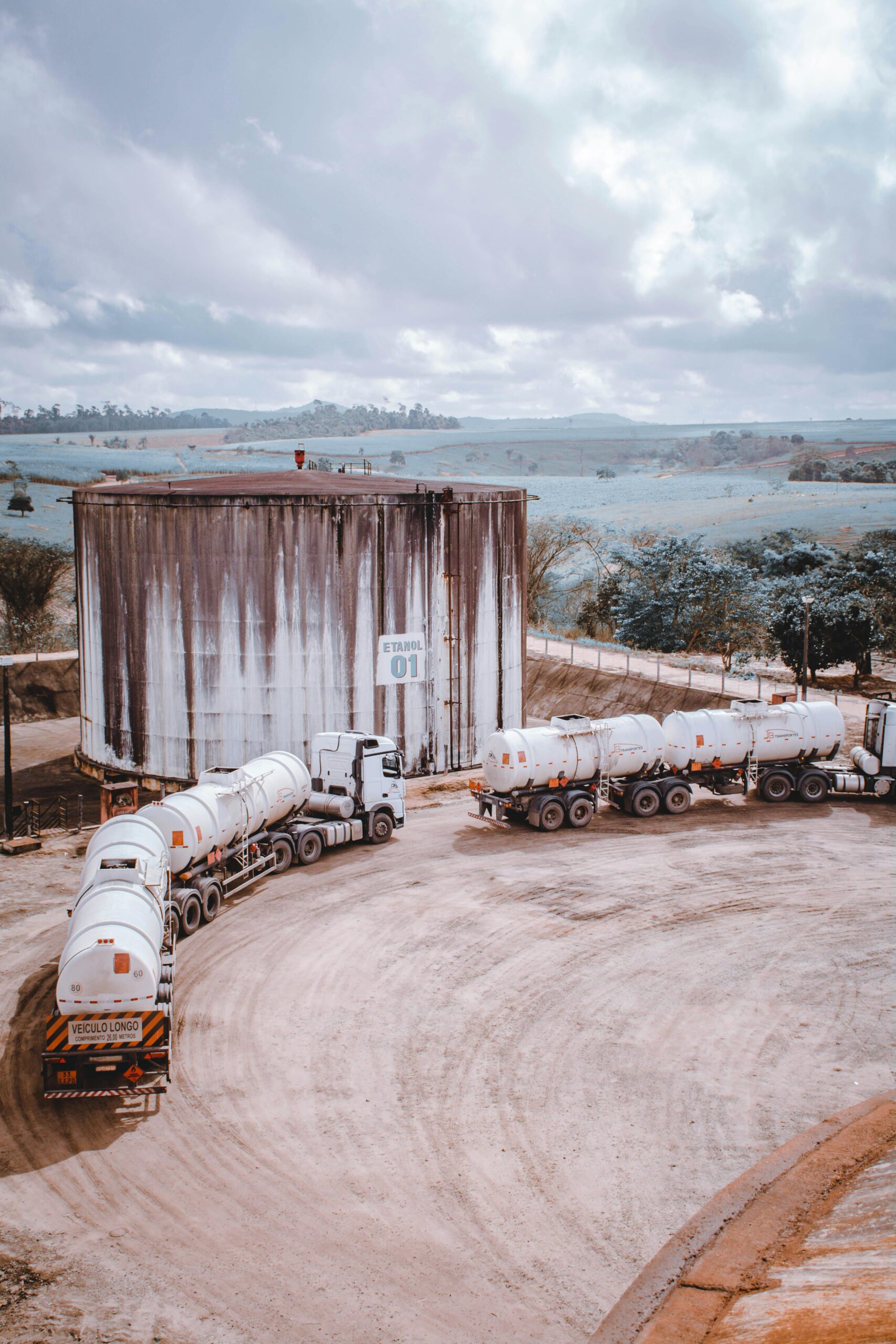This bill summary was last updated April 16, 2025.
Public hearing – February 27
Passed out of House Committee on Emergency Management.
Includes -2 Amendment
Portland’s Critical Energy Infrastructure (CEI) hub is located along a six mile stretch of the Willamette River, northwest of downtown. The CEI hub is a storage site for approximately 90% of Oregon’s liquid petroleum and biofuels, about 360 million gallons in all, but it is located on unstable soil and represents a major hazard in case of a large earthquake.
Previously, SB 1567 (2022) required owner/operators of Portland’s Critical Energy Infrastructure (CEI) hub and other industrial facilities that transport or store liquid fuels to conduct comprehensive seismic vulnerability assessments, and to implement hazard mitigation plans after they are approved by Oregon’s Department of Environmental Quality (ODEQ).
SB 1567 also required Oregon’s Department of Energy (ODOE) to develop an Energy Security Plan for the state. That plan was published in September of 2024: https://www.oregon.gov/energy/safety-resiliency/Documents/2024-Oregon-Energy-Security-Plan.pdf
The Energy Security Plan includes recommendations for increasing the geographic diversity of fuel storage capacity throughout the state, including an evaluation of strategies to overcome barriers to geographic distribution. It provides a thorough assessment of fuel storage across the state, including analysis of sites that could be used to provide geographic diversity.
The present bill now directs ODOE to follow up its Energy Security Plan. Specifically, ODOE must develop and begin to implement a Statewide Geographic Diversity of Fueling Stations for Disaster Reserves Priority Action Plan for storing CEI hub fuels at geographically diverse sites around the state. This new Priority Action Plan must include strategies to increase the geographic diversity of liquid fuel storage, strategies to improve statewide liquid fuel reserves to support response activities, and a prioritized list of alternative fuel storage locations.
The Priority Action Plan must also consider potential negative impacts on the environmental health of impacted communities in the new storage areas. It also must look at the implications of potential declining reliance on liquid fuels over time. ODOE must submit the Priority Action Plan to the legislature by September 15, 2026.
